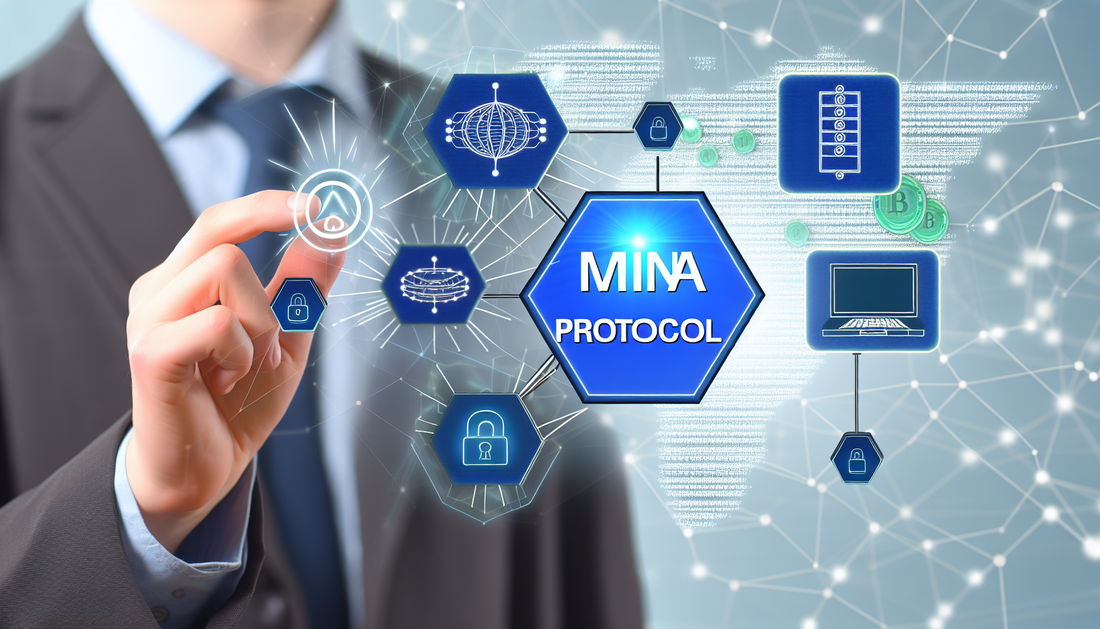
Unpacking the MINA Protocol: Key Criticisms Revealed
Share
Biggest Criticisms of the MINA Protocol
The MINA Protocol, often praised for being the smallest blockchain in the world, operates with a consistent size irrespective of the number of transactions, maintaining its lightweight nature. However, the MINA Protocol is not without its criticisms, which highlight both technical and operational challenges. These critiques provide a balanced perspective on the project's current and future potential.
1. Scalability Issues
While MINA is celebrated for its concise blockchain design, concerns about scalability have emerged. The protocol's reliance on zk-SNARKs for achieving its small size is innovative, yet demands significant computational work. As more users employ the network, computational requirements may rise, potentially affecting node operations and limiting scalability. This mirrors some of the challenges [Arbitrum faces](https://bestdapps.com/blogs/news/navigating-arbitrums-key-criticisms-and-challenges) in maintaining an efficient and scalable blockchain system.
2. Complexity of zk-SNARKs
Another significant challenge lies in the complexity of zk-SNARKs themselves. This cryptographic innovation, central to MINA's operation, is a hurdle in terms of understanding and practical implementation. Developers unfamiliar with zk-proof systems might find it tough to create on the platform, stifling the growth of a diverse dApp ecosystem. Similar concerns around cryptographic complexities have been observed in [Elrond's scalability approaches](https://bestdapps.com/blogs/news/unpacking-elrond-the-future-of-blockchain-efficiency).
3. Centralization Concerns
Despite being presented as a decentralized network, some voice concerns about the potential concentration of power within MINA's ecosystem. A limited number of "block producers" could exert significant influence over the network, raising concerns about centralization. Ensuring a genuinely decentralized governance model remains a critical issue for many, echoed in discussions around [governance challenges](https://bestdapps.com/blogs/news/navigating-governance-in-waves-a-blockchain-insight) in blockchain technologies.
4. Validator Incentive Model
Another point of criticism is MINA's validator incentives, which critics argue lack competitiveness. The rewards might not provide sufficient incentive for validators to participate actively compared to other blockchain networks. Effective remuneration strategies are crucial for maintaining a robust network infrastructure, a topic explored in various blockchain governance discussions.
5. Ecosystem Adoption and Development
The current ecosystem surrounding MINA is still in its developmental phase, with few dApps developed compared to older blockchain networks. This limited adoption could inhibit the protocol's growth and integration into larger ecosystems. Industry counterparts like [Waves](https://bestdapps.com/blogs/news/waves-revolutionizing-blockchain-for-everyone) also face similar pathways in expanding and sustaining a healthy developer and user community.
Understanding these criticisms is vital for anyone considering engaging with the MINA Protocol. Whether you are a developer or investor, it is essential to weigh these factors when assessing the protocol's long-term viability within the blockchain space.
